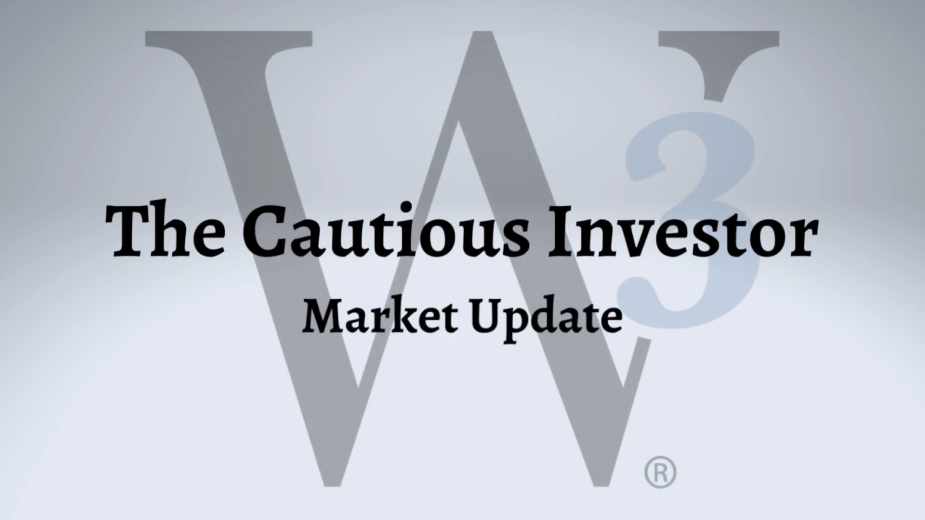Managing Emotions For Long-Term Success
“Far more money has been lost by investors preparing for corrections, or trying to anticipate corrections, than has been lost in corrections themselves.”
The above quote from investment manager Peter Lynch refers to the powerful, often attempted and rarely successful desire investors have to anticipate – and act on – future market events.
One has to dodge a gauntlet of academic research concluding that investors who make such market-timing decisions rarely end up with more money. But that doesn’t appear to stop human nature and emotional bias.
The number of investors who use retail platforms such as Robinhood to self-manage has doubled over the last 10 years and now represents roughly 20% of the investment landscape. This is an indication that individual investors crave more control.
Not all of these investors set their course on day-trading and market-timing, but we have seen an army of day traders emerge in both the equity and options markets. This phenomenon, in turn, has likely contributed to exacerbating the historically quick-moving market we’ve witnessed recently.
While I’m as tired of writing the noun COVID-19 as you are of reading it, it is fact that these platforms saw an increase in usership as the pandemic dragged global markets down more than 30% in a matter of weeks. Many watched the stock price of household names like Carnival Cruise Line, Hilton Brands and Southwest Airlines cut in half and jumped into the ring.
Frankly, many might feel good about their performance to date on the coattails of the fastest market recovery in history. But, what now? We’ve attempted to address some of the common questions related to self-managing, stock picking and the emotional bias that sometimes comes with it.
When I buy a stock, it means someone is selling it. Who is on the other side?
It’s less likely to be someone like you and more likely to be an institution. What’s the difference between you and them? Odds are, you might have a day job or hobbies that you’re engaged in.
The Institutions? Well, they have teams of chartered financial analysts who they pay handsomely and who have been through years of technical training. They pay $24,000 a year for the Bloomberg Terminal data feeds, sit on earnings calls all day and have offices in New York, London and Hong Kong.
They often spend years specializing in specific sectors of the market. By the time the guy in line at Starbucks tells you his hot stock pick, it’s more likely than not that the army of analysts has already reacted to whatever news you are just now learning. That’s not to say that you can’t make money picking your own stocks, but it’s important to understand your competition.
How do I know whether I’m doing well or not?
Many self-managers struggle to identify the internal rate of return of their portfolio, let alone how to benchmark it. Often, like trips to Vegas, psychological bias remembers (and assertively shares with others!) the winners over the losers. Too often, emotions and bias can cloud one’s understanding of their own results.
A Berkeley study confirmed the prevalence of the “disposition effect,” the tendency for investors to sell their winners and hang onto their losers.
This behavioral bias stems from the inability of investors to emotionally detach from the price they paid for a stock, shed the cloud of prior beliefs, and look forward to where the stock is headed. If your successes and failures are a direct reflection of you, it’s difficult to remain unbiased and clear-eyed.
When understanding performance, what you made or lost on your portfolio in absolute terms is not a particularly effective way to measure how your portfolio is doing. We all operate with this embedded opportunity cost: What else could my money have been doing if not this?
That’s where benchmarks come into play, such as the S&P 500 for U.S. large company stocks, the MSCI All Country World Index ex-US for international stocks, the AGG for bonds. Blending benchmarks together in a manner that resembles the exposure your personal portfolio has can give you an idea of whether you’re over- or underperforming a similarly risked view of the market. This is known as “Alpha.”
It’s also good to remember that a calendar year is an arbitrary construct for the market. While it’s easier to comprehend, understand how you’re performing so far this year is a less relevant data point than how you’re portfolio has been performing on rolling three-, five-, 10-year year periods and beyond.
I want to buy the stock of a company that I believe in. What’s wrong with that?
Owning a profitable company or an emerging company with an innovative product can be a great thing. But where individual investors tend to struggle is understanding the correct value for a share of that company. Microsoft is one of the most successful companies to ever exist, but a share currently costs approximately 40 times the amount of earnings the company generates.
Whether you believe that is a good or bad number should be in the calculus of your decision. Institutional management firms understand this and use internally derived valuations for the stocks they buy, and understand the price at which they believe the stock becomes overvalued and move on.
So, while there’s nothing wrong with buying stocks in companies you believe in, understanding the price you’re paying is crucial to whether you’ll end up making money. If you are going to the store for a carton of eggs, might it be a good idea to have an expectation of how much eggs should cost.
If I feel like something bad is going to happen, shouldn’t somebody be doing something about it?
Most of us, financial advisers included, have our beliefs of what we think the future holds. However, separating the emotional component with the factual component is where the market winners and losers start to separate.
The fact is, Peter Lynch knew in that opening quote that markets actually tend to accelerate, up and down, around inflection points. As speculation would have it, markets tend to move in a series of overreactions, particularly around periods of uncertainty. This makes the penalties of mistiming around a market event even more punitive.
While many institutional portfolio managers have their core beliefs on macroeconomic events, it’s more common for them to act subtly through allocation tweaks rather than large sweeping moves in and out of parts of the market. They do this because they, too, understand the perils of taking big bets on
the unknown. Long-term investors who understand that scary events like this past March don’t last forever and stay disciplined to their established investment plan tend to avoid the pitfalls of jumping in and out.
Why would I pay managers and financial advisers to do something I can do on my own?
As a financial adviser, even I acknowledge that we’re not necessarily for everyone. However, even the do-it-yourself industry leader Vanguard contends that advisers can add up to 3% of additional returns by contributing in a number of different ways. One of those ways Vanguard refers to is “behavioral coaching,” which the firm estimates makes up half of that 3% benefit.
In other words, advisers who serve as a calming, disciplined voice when the itches to make emotional changes surface can help clients avoid damage over the long run.
Other benefits like aligning your portfolio with your desired risk tolerance, positioning assets to benefit to the maximize the tax code and designing efficient withdrawal strategies all can add significant, tangible value to investors.
While all those are valid reasons to utilize a financial adviser, two of the more common reasons are of a less quantitative nature:
1) People often want to make sure their surviving spouse and family members have someone they trust to help them should something happen.
2) People fear being accountable to their spouse for management mistakes that prevent them from achieving their financial goals.
Copyright 2024 The Business Journal, Youngstown, Ohio.



